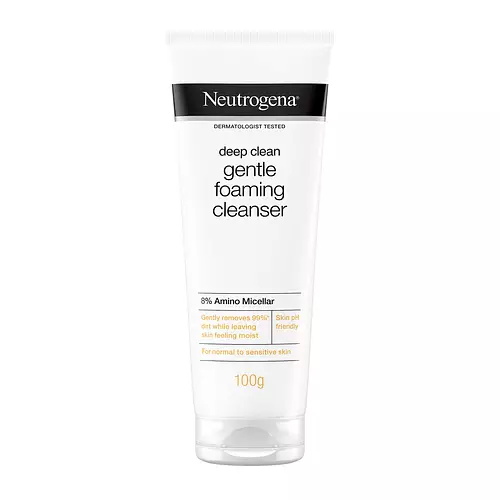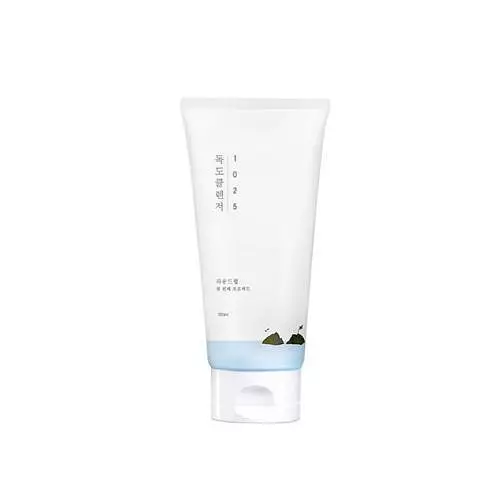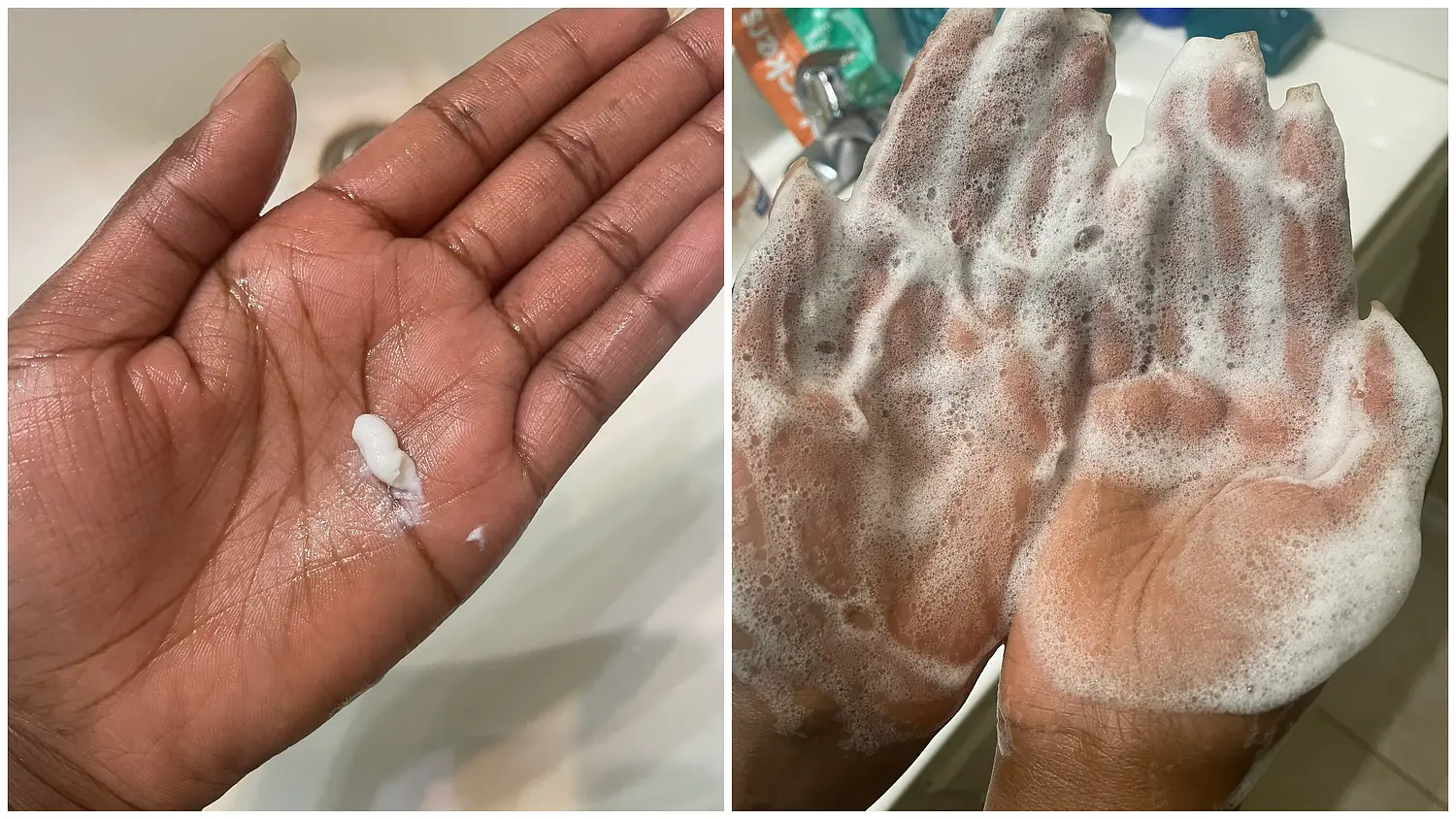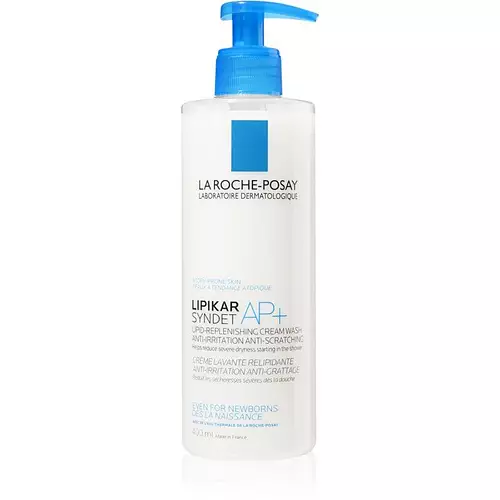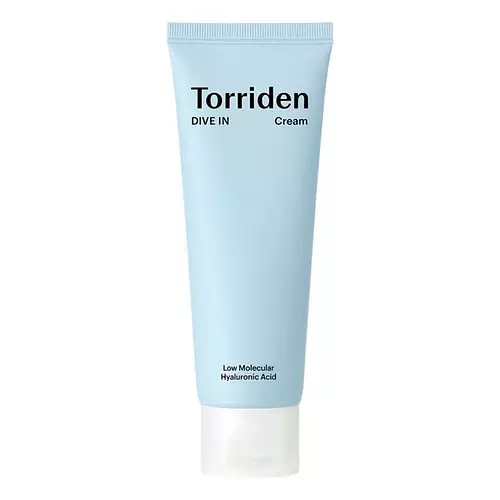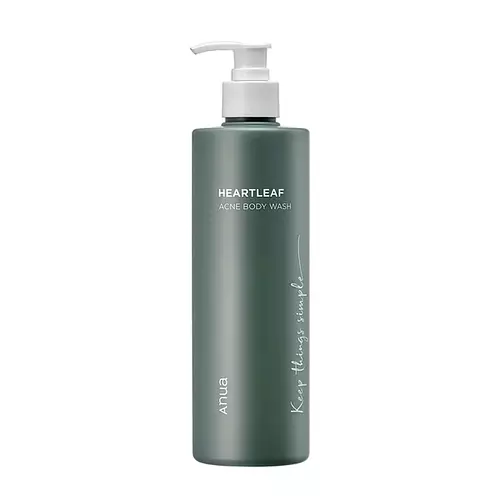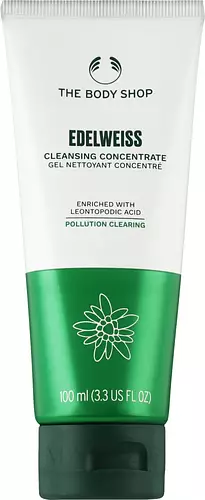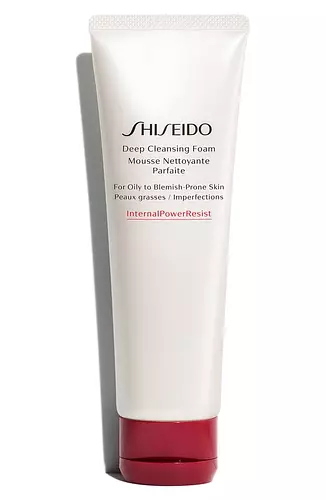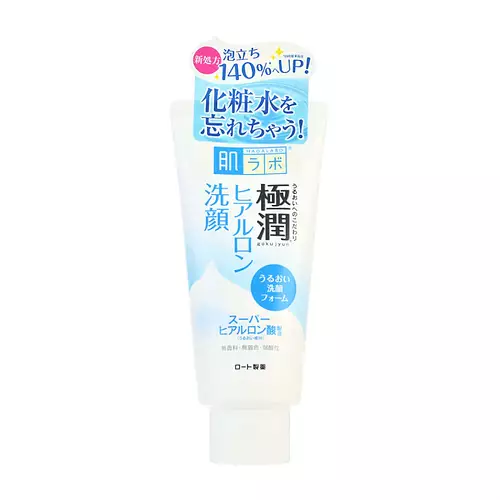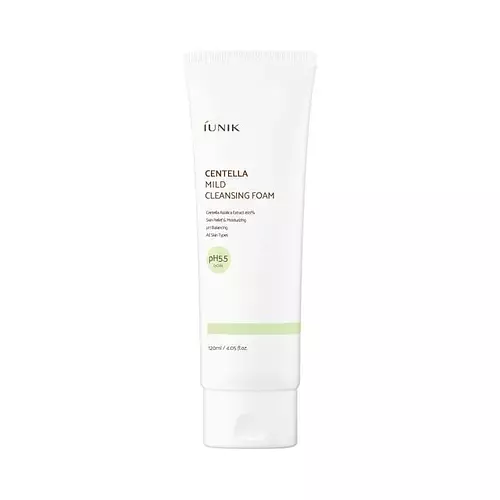Overview
What they are
These products are both reef safe face cleansers. They have a total of 2 ingredients in common
Suited For
They're both likely to be good for dry skin and brightening skin
Free From
They both do not contain any harsh alcohols, common allergens, parabens, silicones or sulfates
We independently verify ingredients, and our claims are backed by peer-reviewed research. Spot a product that needs an update? Let us know.
Ingredient Info
Neutrogena Deep Clean Gentle Foaming Cleanser 15 ingredients
Round Lab 1025 Dokdo Cleanser 38 ingredients
At a glance
Click on any of the items below to learn more
Neutrogena Deep Clean Gentle Foaming Cleanser 15 ingredients
Round Lab 1025 Dokdo Cleanser 38 ingredients
Benefits
This product contains 1 ingredient that may have this attribute:
This product contains 1 ingredient that may have this attribute:
Concerns
This product contains 3 ingredients that may have this attribute:
This product contains 2 ingredients that may have this attribute:
This product contains 1 ingredient that may have this attribute:
This product contains 3 ingredients that may have this attribute:
Notable Ingredients
This product contains 1 ingredient that may have this attribute:
This product contains 1 ingredient that may have this attribute:
This product contains 3 ingredients that may have this attribute:
Benefits
This product contains 2 ingredients that may have this attribute:
This product contains 4 ingredients that may have this attribute:
This product contains 4 ingredients that may have this attribute:
This product contains 2 ingredients that may have this attribute:
This product contains 1 ingredient that may have this attribute:
This product contains 2 ingredients that may have this attribute:
This product contains 3 ingredients that may have this attribute:
This product contains 3 ingredients that may have this attribute:
Concerns
This product contains 1 ingredient that may have this attribute:
This product contains 1 ingredient that may have this attribute:
This product contains 2 ingredients that may have this attribute:
This product contains 2 ingredients that may have this attribute:
Ingredients Side-by-side
Ingredients Explained
These ingredients are found in both products.
Ingredients higher up in an ingredient list are typically present in a larger amount.
Water. It's the most common cosmetic ingredient of all. You'll usually see it at the top of ingredient lists, meaning that it makes up the largest part of the product.
So why is it so popular? Water most often acts as a solvent - this means that it helps dissolve other ingredients into the formulation.
You'll also recognize water as that liquid we all need to stay alive. If you see this, drink a glass of water. Stay hydrated!
Learn more about WaterGlycerin is already naturally found in your skin. It helps moisturize and protect your skin.
A study from 2016 found glycerin to be more effective as a humectant than AHAs and hyaluronic acid.
As a humectant, it helps the skin stay hydrated by pulling moisture to your skin. The low molecular weight of glycerin allows it to pull moisture into the deeper layers of your skin.
Hydrated skin improves your skin barrier; Your skin barrier helps protect against irritants and bacteria.
Glycerin has also been found to have antimicrobial and antiviral properties. Due to these properties, glycerin is often used in wound and burn treatments.
In cosmetics, glycerin is usually derived from plants such as soybean or palm. However, it can also be sourced from animals, such as tallow or animal fat.
This ingredient is organic, colorless, odorless, and non-toxic.
Glycerin is the name for this ingredient in American English. British English uses Glycerol/Glycerine.
Learn more about GlycerinIngredient Ratings
Here's what our community thinks of the ingredients in these two products.
When to use
Neutrogena Deep Clean Gentle Foaming Cleanser 15 ingredients
Round Lab 1025 Dokdo Cleanser 38 ingredients


Reviews
Here's what our community thinks
Neutrogena Deep Clean Gentle Foaming Cleanser 15 ingredients
Chi
I have used this for only awhile since my face feels like burning afterwards and starts to breakout, maybe it is not suitable for sensitive skin
Round Lab 1025 Dokdo Cleanser 38 ingredients
Butter
Horribly drying, leaves my skin feeling super tight every time I use it. I used this product throughout bits of the summer I can't imagine how dry...
Horribly drying, leaves my skin feeling super tight every time I use it. I used this product throughout bits of the summer I can't imagine how dry it would leave my skin in the winter. Quite surprised by the popularity of this product but maybe it's more suited to oily skin.
AshN.
Nothing but positive things to say about this cleanser. One of my favorite aspects of this product is that it foams up so well! I was very...
Nothing but positive things to say about this cleanser. One of my favorite aspects of this product is that it foams up so well! I was very impressed with how much it lathers w/very little product. So you'll definitely get your money's worth. I also love how it doesn't feel stripping on my face so it makes for a nice gentle yet effective cleanser for my dry skin. It also does a pretty solid job at removing makeup from my face and brushes I felt that this was comparable to the CeraVe Foaming Cleanser, but I prefer the ingredients more in this product.
